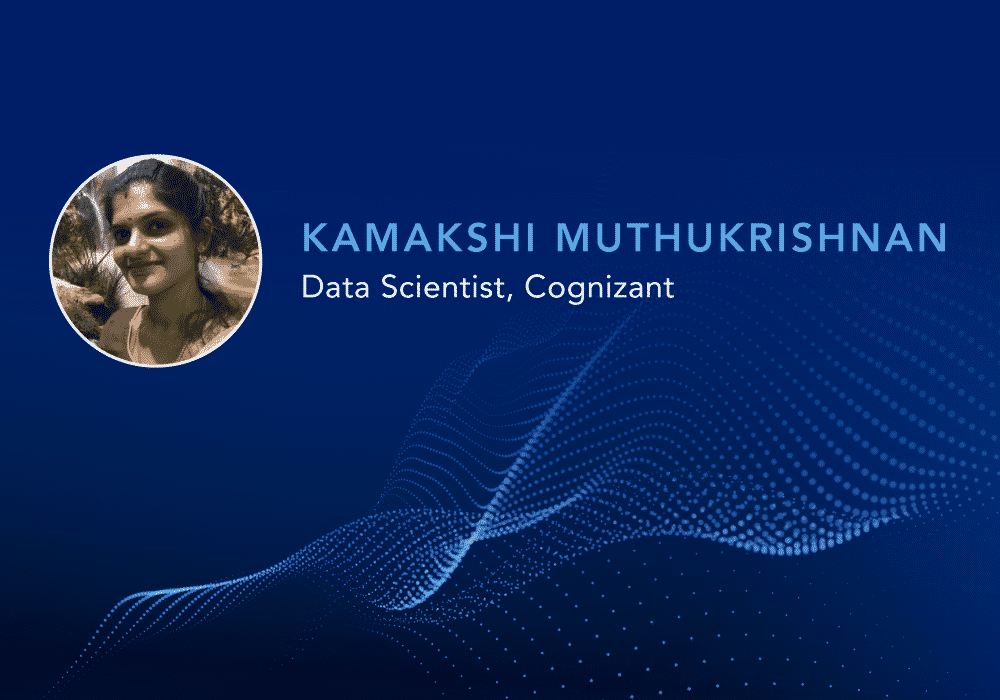This is a project presented by Payal Upadhyay and Gaurav Vashisht, PGP DSBA students, in the AICTE Sponsored Online International Conference on Data science, Machine learning and its applications (ICDML-2020). A follow-up paper was published in the conference journal.
Multiple studies exist where large volumes of customer reviews have been analysed to extract useful information regarding their structures, emotion content, readability, syntax, feature content and ratings to understand the voice of the customer. However, no study exists to establish a link between what the customer perceives as a helpful feature of a product and how a marketer can exploit the same to make inroads into the customer community. The objective of this study was two-fold, where the first objective was to help sellers position a product for better reach and the second objective was to identify helpful reviews for customers which will help to make better purchase decisions by analysing the customer reviews of Mobile Holder products on Amazon. For an e-marketplace, customer reviews play a very important role in disbursing information, building trust and promoting commerce. The review data is available in abundance and there is a need to slot, categorize and to extract inference from these reviews that can be used to further the goal of the sellers as well as the buyers.
The data used in the study was a customer review dataset from Amazon for the sub-category of mobile holders, which spanned from year 2016 to 2018 and the study sample had 23,124 reviews with information on 12 variables which also includes product rating (out of 5), review helpfulness (Yes or No) and qualitative feedback given by customers. Mobile holder category was used for the purpose of this study because it was a utilitarian category and the customer opinion extracted can be applied across this subcategory evenly.
For the first objective, a list of positive and negative words were extracted from the reviews to identify the product features that the customers were interested in. The effect of these words on the product rating given by customers were further quantified. Based upon the analysis, these words were further categorized under the 5-Ps of marketing which could help a seller to better position their product.
For the second objective, it was observed that only 5% of the total reviews were displayed to the customers on e-commerce platforms like Amazon, which were rated and upvoted as helpful by customers. The customer reviews were broken into 50 features and each feature was given a numeric score for ease of prediction. The voted reviews were penalized to remove biases and to ensure equal consideration to unvoted reviews. The reviews were further classified into three slots where 1 was considered as least helpful whereas 3 was considered as most helpful. Through this method, 32% of the reviews were identified as helpful for the customer to make their purchase decisions, which is a significant improvement over the industry standard of 5%. The study further proposed Amazon to add the “Must Read” feature apart from the “Top Reviews” and “Most Recent” already available on the Amazon platform. This study can further be extended for different types of products. Combining the reviews from multiple social media platforms could lead to more helpful insights for the buyers’ and the sellers’ community.
Want to work on exciting capstone projects such as this? Join Great Learning’s PGP Data Science and Business Analytics Course and have the opportunity to learn from industry-experts.









